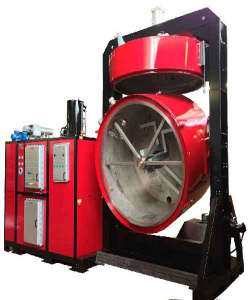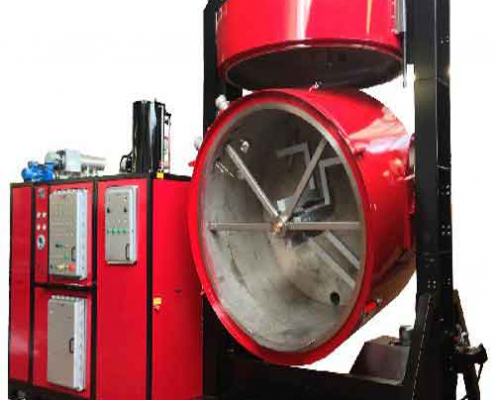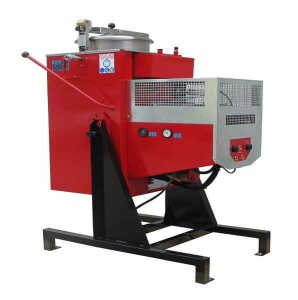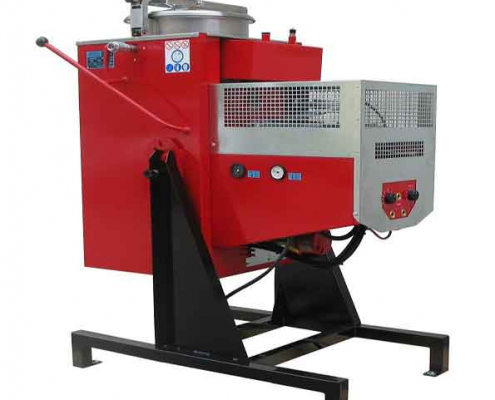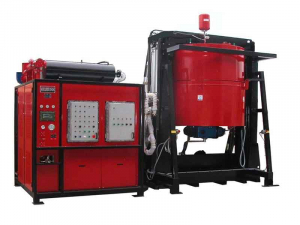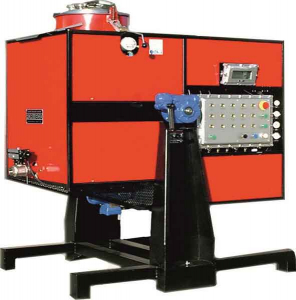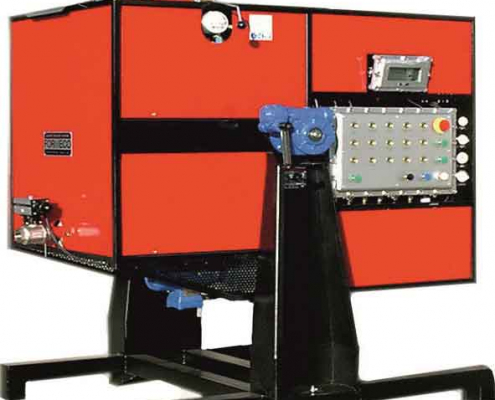Solvent Recycling Systems
Solvent recycling systems used actively in many sectors such as Automotive Key and Supply Industry, Paint Industry, Packaging Sector, Chemistry Sector, Offset Industry, Wood Industry, Plastic Industry, Electric Electronic Industry, Machine Industry, Cosmetics Sector, Plastic-Fibreglass Sector, Drug Industry, Galvanization Industry; work based on the principle of refining that recycles cleaning and degreasing solvents. With a simple distillation process, these devices separates original solvent from the pollution in the waste solvent(resin, polymer, pigment, paint, oil, ink, etc.) and recycles them.
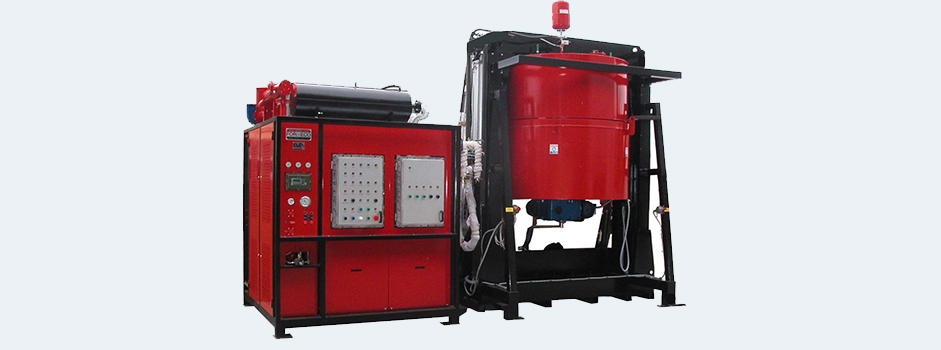
Some of the solvents recycled very often are as; Acetone, paint thinner, benzene, butanol, butyl acetate, butyl alcohol, ethyl acetate, isobutyl acetate, isopropanol, isopropyl acetate, isopropyl alcohol, methyl acetate, methyl glycol acetate, propanol, toluene, white spirit, xylene, etc.
Working principle of the related system is as follows. Waste solvent is transferred to the device boiler with the manual or ex-proof pumps. Diathermic oiled heating jacket around the boiler is heated with electric energy and the temperature of the boiler increases. Thus, waste solvent is evaporated within the boiler. Later, this steam is condensed via air or water cooled condenser and collected in a tank after being separated from the waste as 99% original solvent. Remaining waste in the boiler that cannot be evaporated (ink, paint, dust, resin, oil, etc.) is either disposed at the end of the process with heat resistant bags called rec-bags or removed from the boiler with a valve that can be put under the boiler optionally if the waste is liquid.
Characteristics of distilled solvent do not differ from original solvent, so the related process can be repeated ad libitum.
Protection Class and Redemption Period: All equipment are produced in accordance with European norms (ATEX and CE) and provided to customers under full warranty with instructions for use in all European languages. These ex-proof devices are produced as explosion resistant. Systems pay off themselves between 3 months and 1,5 year according to capacity and solvent use, and they are very feasible investments that reduce solvent costs up to 80%.
Advantages of Solvent Recycling Device
- Solvent purchase costs are reduced.
- Waste solvent( painted, oiled, dusty, inky solvent) disposal costs are reduced.
- Solvent stock and transport costs are reduced.
- Prestige of the company increases thanks to the importance given to recycling process.
Related Device capacities: Besides our standard devices from 15 litres to 220 litres, we industrial continuous systems from 200 litres to 2200 litres.
Vacuum pump and 3 Way valve use: In solvents that tend to catch fire and have high boiling point (higher than 180-220 °C ) and little difference between boiling point and flash point, a vacuum pump is adapted to recycling system. These vacuum modules can be designed as air vacuum pumps and electric vacuum according to the needs.
Also, with 3 way valve that can be adapted to systems, two different solvents that have a boiling point difference of 30 °C at minimum can be adjusted efficiently.

